Solar rebates in Australia are essentially government-funded incentives that encourage more renewable solutions and reward individuals and businesses that make sustainable decisions.
Eligibility for certain solar rebates in Australia will be a little different in each state, however, the bottom line is that Aussies are leaving a lot of money on the table by holding off making the switch to a more renewable future. While it is true that many solar rebates in Australia are targeted directly at households and residences – commercial properties and enterprises can still cash in on some of these offers, both in the immediate and long-term.
This article will be exploring some of the ways 13 KUGA can assist your commercial setup with making the most of solar rebates in Australia.
Different Types of Solar Rebates In Australia
As renewables were beginning to take off back in 2009, the Federal Government instituted a variety of credit schemes, tariffs, and other incentives as a part of the Renewable Energy Target (RET) which was established in 2001. As far as commercial solar rebates are concerned, we can break them down into two main components: Credits/Certificates and Feed-in Tariffs.
Credits & Certificates
A Renewable Energy Certificate (REC for short) is ascribed to two legislated schemes under the RET: Small-Scale Technology Certificates (STCs) and Large-Scale Generation Certificates (LGCs). These certificates are particularly lucrative solar rebates as they are tradeable commodities that are attached to eligible renewable installations.
Small-Scale Technology Certificates – <100kW
Large-Scale Generation Certificates – >100kW
The number of certificates that commercial enterprises are eligible for is calculated on a case-by-case basis which variables such as location, kilowattage, the longevity of the system etc. Eligible commercial setups can become quite profitable for businesses, but it is advisable to get on this train sooner rather than later as according to the Government’s RET, these certificates will be phased out by 2030.
It is also important to note that the financial benefits of STCs and LGCs are also different. STCs act as more of a POS discount on the installation itself. LGCs are paid out incrementally as power is generated and calculated annually.
Feed-In Tariffs
Feed-in Tariffs are not technically solar rebates, but they can be utilised in similar ways to gain profit from implementing an efficient PV system. The notion is simple enough, your commercial setup can siphon any excess power generated by the renewable system back to the grid for a profit.
While not a monumental amount from the get-go, there is credence in understanding that making a profit (however marginal) without having to lift a finger is certainly an enticing notion for any commercial PV system owner.
The rate paid will vary depending on the power retailer and the state your commercial setup resides in.
State-Based Incentives (Vic)
Unfortunately, there are not too many state-based solar rebate schemes with the exception of Victoria which is still investing heavily in the renewables market and in those that are making the switch.
Eligible businesses in Victoria can apply for a solar rebate of $3,500 for the installation of a PV system as well as have the option for an interest-free loan of up to $5,000 to boot. Small businesses in Victoria are advantaged by this program as it takes some of the financial pressure from the outset and allows SMEs to flourish and build without excess strain.
One caveat for eligibility is to have your system set up by an approved retailer – 13 KUGA is one of them.
What’s Next?
If you’re ready to take the plunge and power your business with sustainability and reliability, 13 KUGA is ready and waiting. We’ve got the expertise and experience that commercial enterprises trust and we can advise you of any solar rebates in Australia you may be eligible for. We can also assist you in making the most of your new setup.

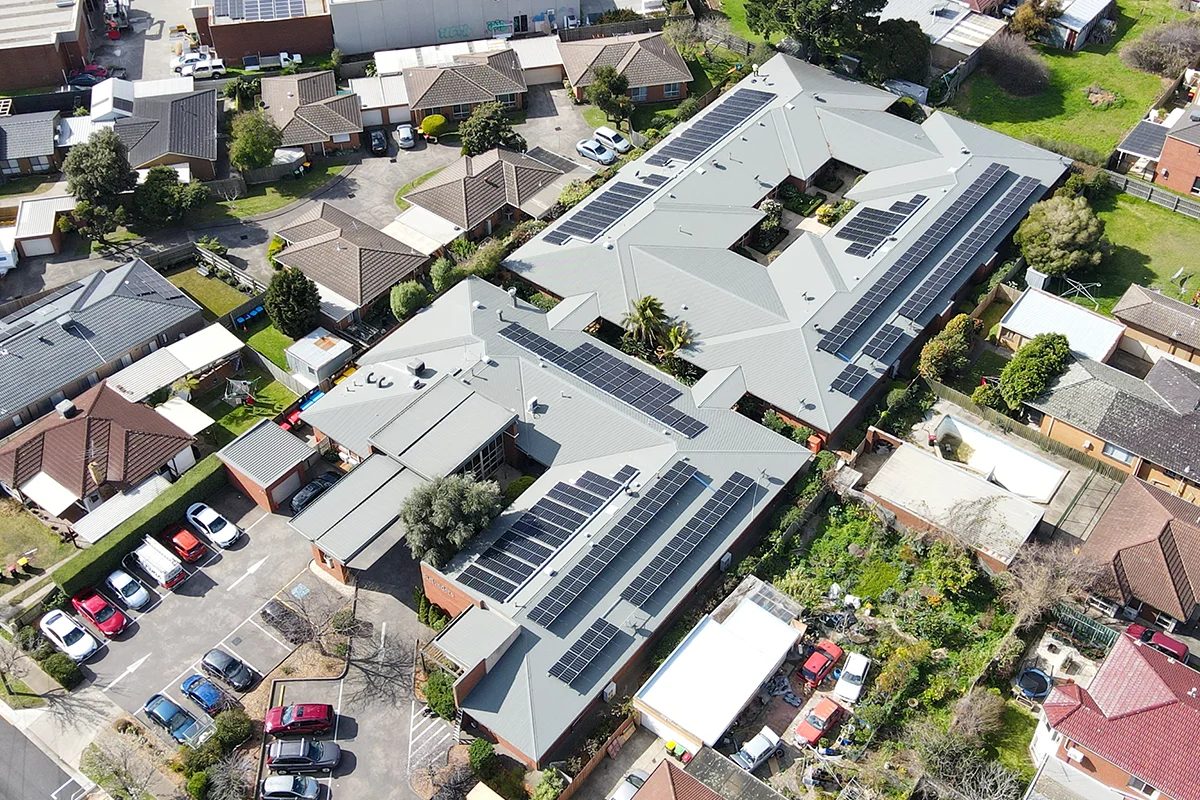
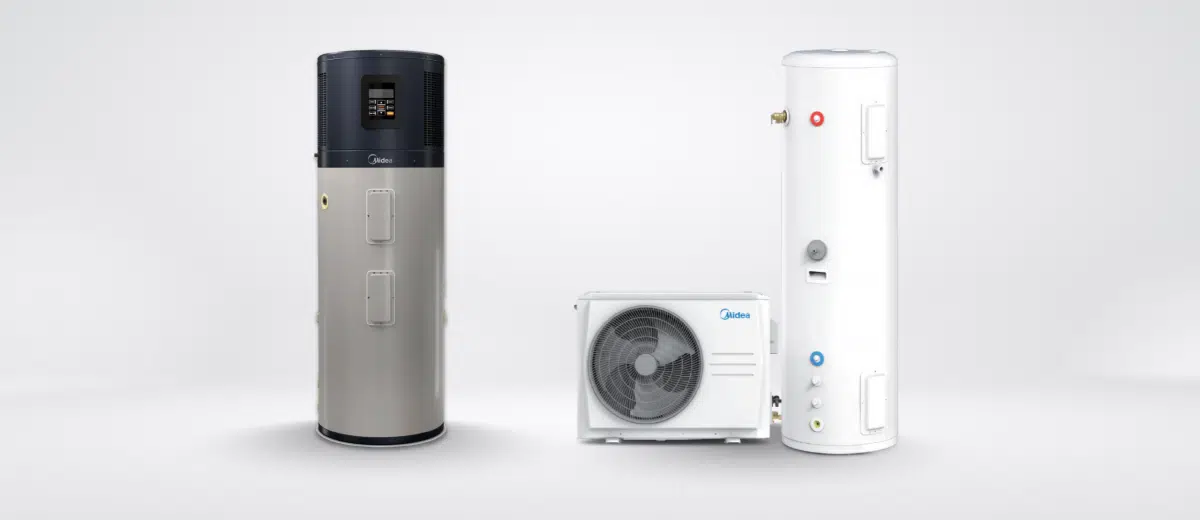
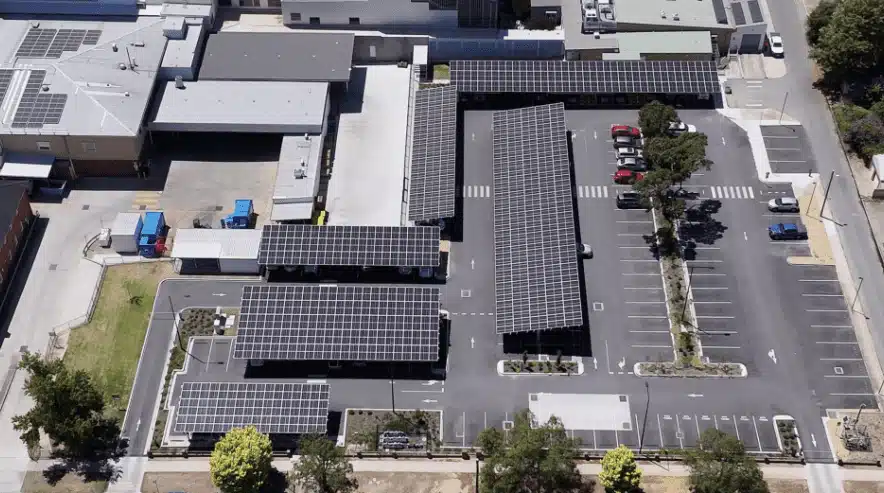



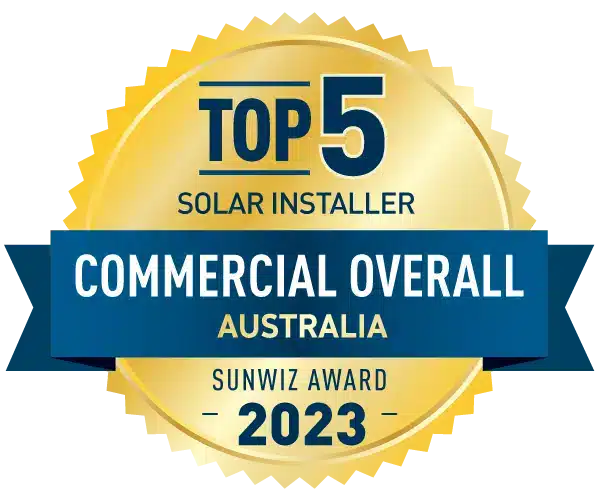


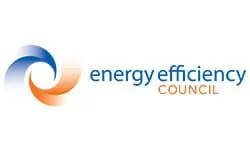
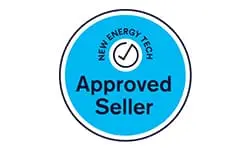
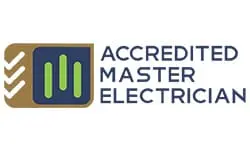
 Get Quote
Get Quote Call Now
Call Now